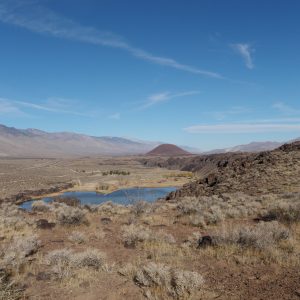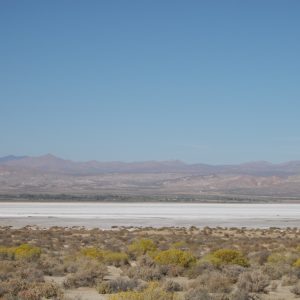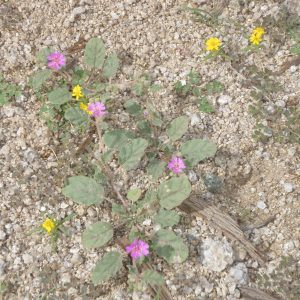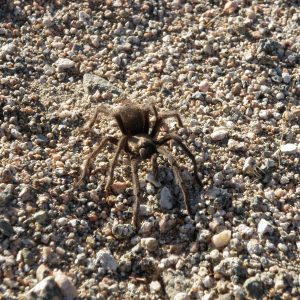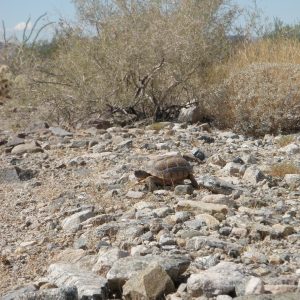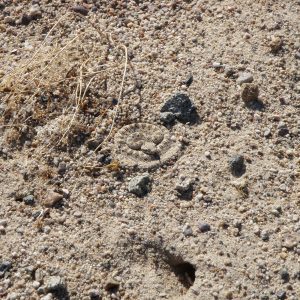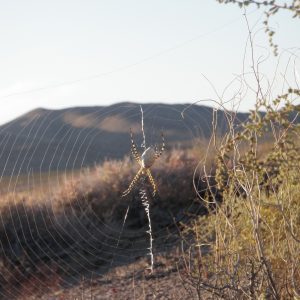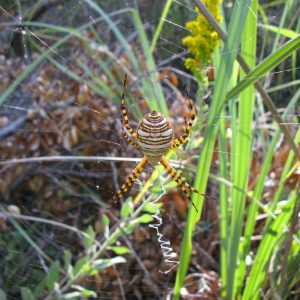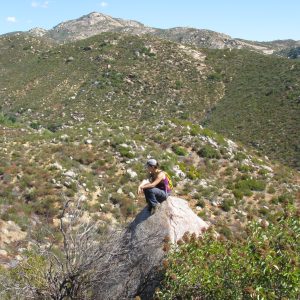Today is my last day for my CLM internship with the Bureau of Land Management at their Colorado State Office. My time here has been short, but great. I have met some wonderful people at this office who I will miss conversing with, including my two mentors, Carol Dawson and Peter Gordon. It is tough to wrap-up my five months here, but will do my best to supply snippets of my time and experiences in Colorado.
The pace of this job started off in a sprint and rarely slowed down to a run during my internship. We focused on monitoring rare plants while squeezing in Seeds of Success where ever possible so as to prepare for when projects grayed together towards shifting to the later second project. What made my time at this job fly by so fast was the variety of work. I collected data out in the field, I entered the data onto Excel and manipulated some of the data in the office, hiked outside identifying plants, determining which ones had a large enough population, and enough viable seed to collect, made 30 collections of seed, many of them requiring multiple trips in order to get enough seed, filling out the datasheets for the collections, packing the seed, and shipping all of it from the office out to Bend, Oregon to be cleaned and stored.
During all of this, my mentors also provided other opportunities to help further our experiences such as visiting the National Center for Genetic Resources Preservation in Fort Collins, CO, attending the 8th Annual Colorado Rare Plant Symposium in Carbondale, CO, as well as attending a presentation on how to apply on USAjobs website.
Our trip to the NCGRP was very interesting and informative. Part of the purpose was so that my co-worker and I could see a similar facility to where we had been shipping our seed collections to, what they do with the seed after cleaning, how the seed is stored, and how ways they check viability over the years. It was also educational in what exactly this facilities goals and purpose is. The NCGRP’s main task is to collect genetic DNA diversity of our agricultural food, such as crops and livestock (mostly crops) because the large agriculture industries across the United States are all using the same crops/hybrids/varieties, cattle breeds, etc. that produce the highest yields and profits. The consequence of this is that we are currently in the same position as pre-potato famine Ireland. For example, one individual Holstein bull is the father of thousands of offspring because his genetics produce better yields, but if a disease develops that he was more susceptible to, all of his offspring would have a higher likelihood of dying as well. The same applies to all our livestock and crops. So this department of our Federal Government’s goal is to try and obtain as much agricultural genetic diversity as possible before all or most of it is lost over time in case a scenario similar to the one I described occurs. Many varieties of corn have already gone extinct due to no one using them anymore, so our government is doing its best to protect our future since our “private industries” do not have our interest and future stability in mind.

Penstemon debilis

Cool habitat for P. debilis, our monitoring plot, and an awesome view
Well, to wrap-up, here is one highlight of my experiences I’ve had working for CLM in Denver, Colorado. My fondest memory of rare plant monitoring was working just outside of Silt, CO within the Roan Plateau working with Penstemon debilis that had been discovered just 25 years ago. The scenery was beautiful hiking up the mountain on an old oil shale mining road, and seeing such an interesting and rare habitat in an area no one else was allowed to visit.

Looking out from P. debilis monitoring plot

Close-up view of monitoring plot location for P. debilis

Far view of monitoring plot location for P. debilis: We were way up there and it was awesome!!
This is Jeffrey, signing out on the CLM blog for my last time with the Colorado BLM State Office. Goodbye and good luck to all you future CLM interns on your new adventures.


